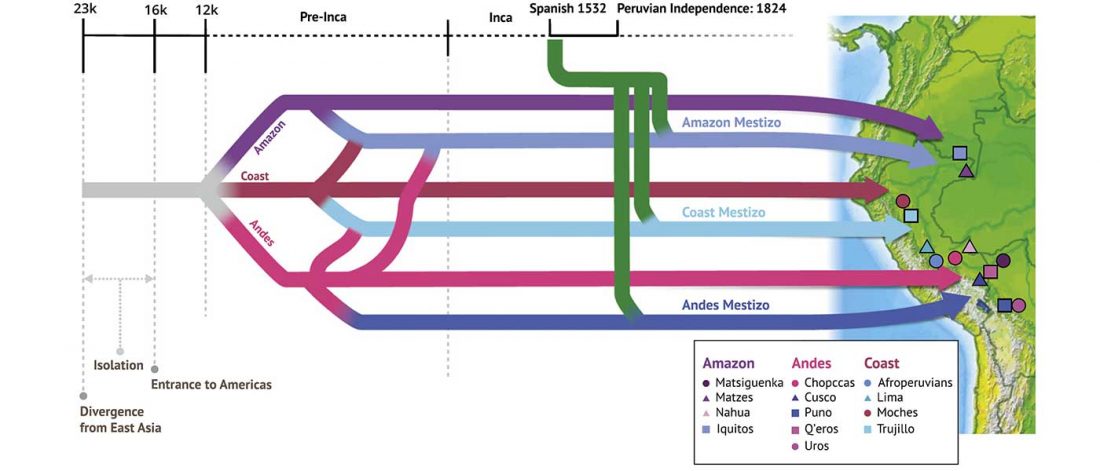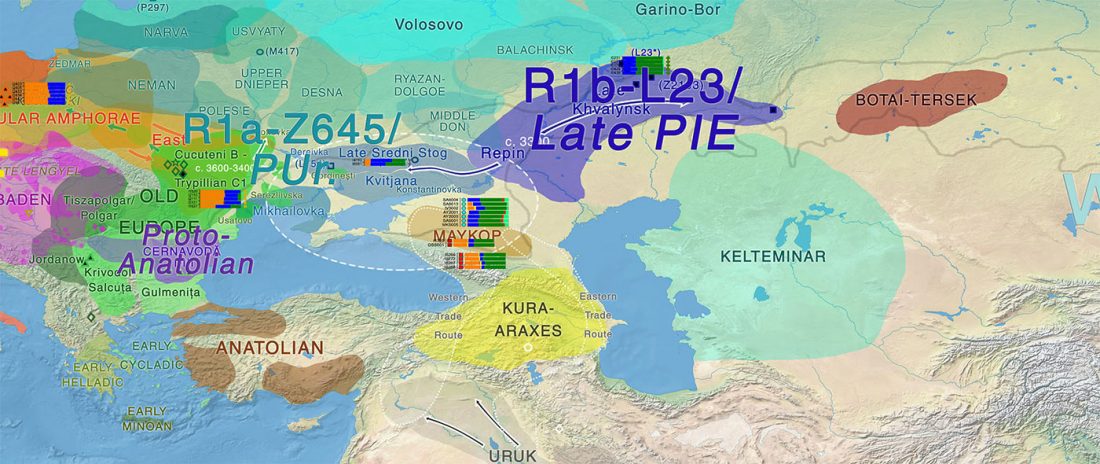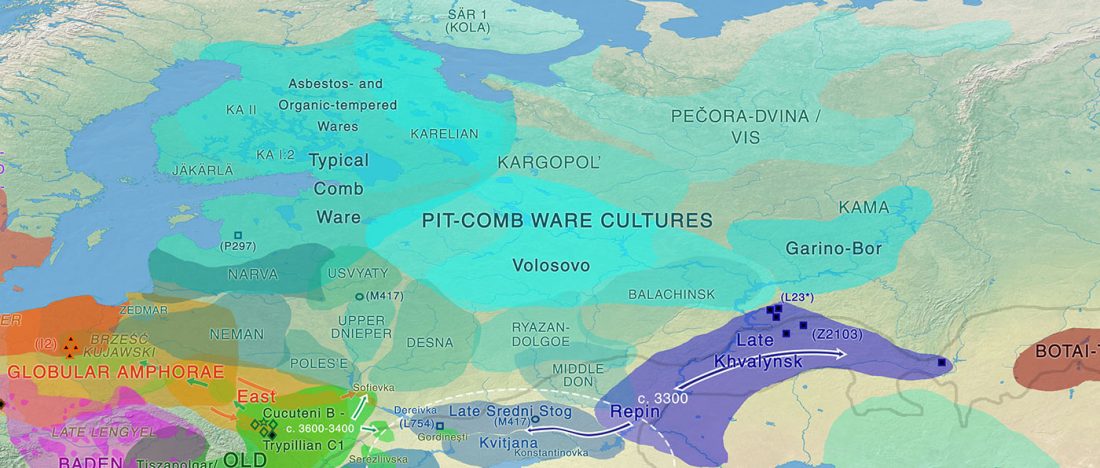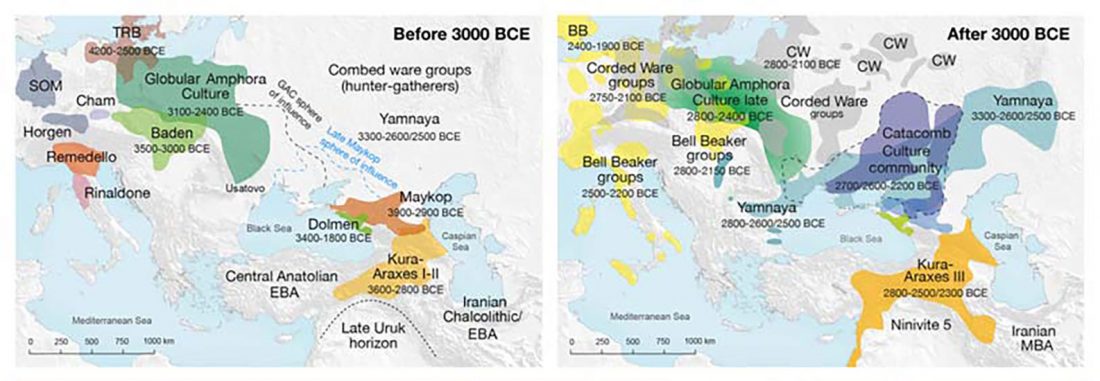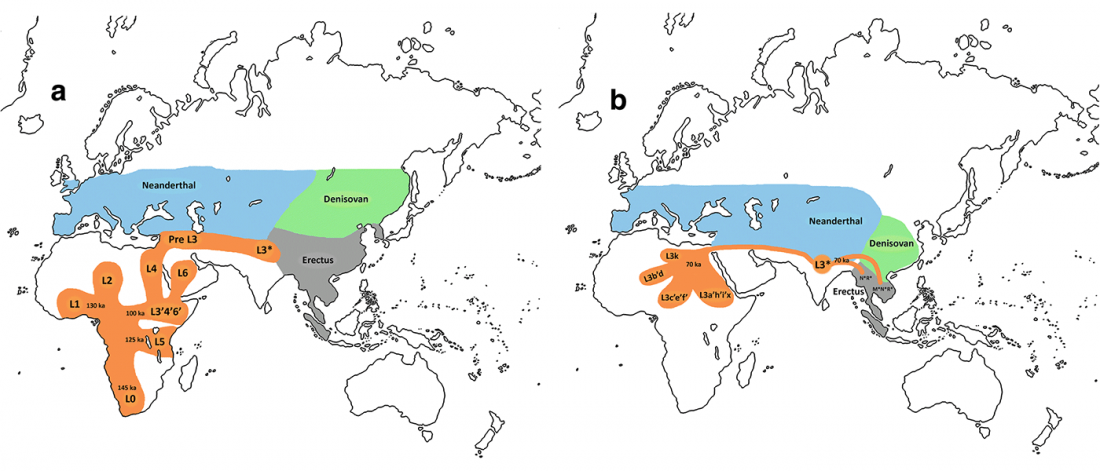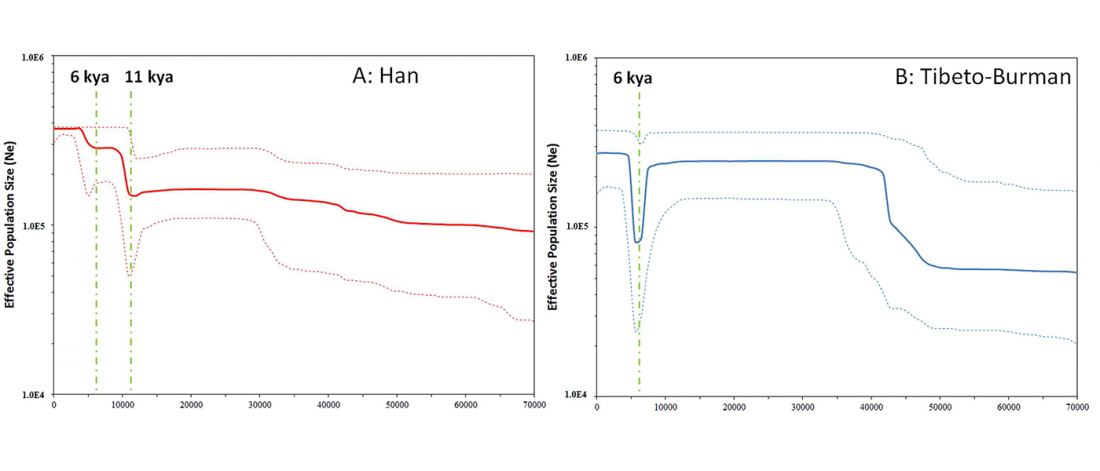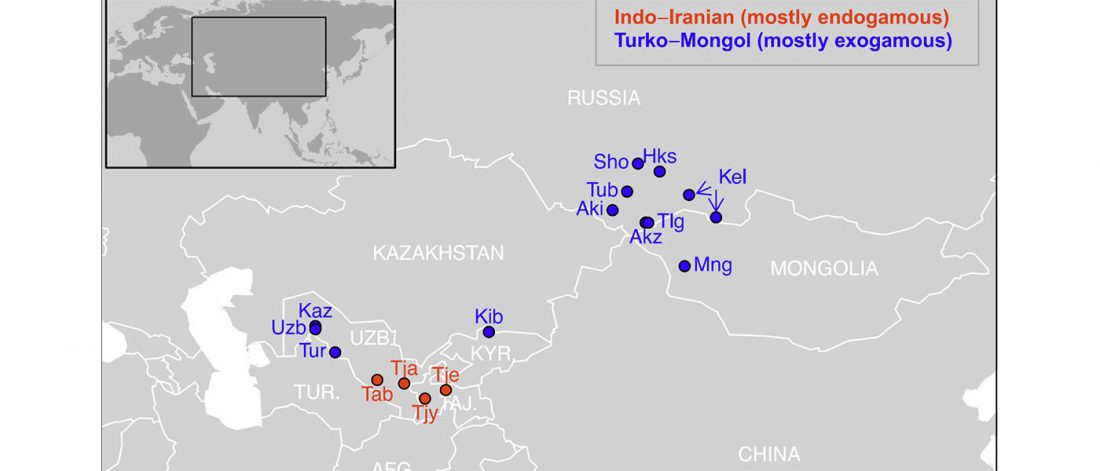Copying from Sherds. Creativity in Bronze Age Pottery in Central Iberia (1800-1150 BC), by Antonio Blanco-González, In: J. Sofaer (ed.): Considering Creativity Creativity, Knowledge and Practice in Bronze Age Europe. Archaeopress (2018), Oxford: 19-38
Interesting excerpts (emphasis mine):
… Read the rest “Cogotas I Bronze Age pottery emulated and expanded Bell Beaker decoration”Several Iberian scholars have referred to stab-and-drag designs in both Bell-Beaker and Bronze Age ceramics (Maluquer de Motes 1956, 180, 196; Fernández-Posse 1982, 137), although these have not always been correctly appraised. In the 1980s it was finally realized that the sherds retrieved at the Boquique Cave should be dated to the Middle-Late Neolithic (4400-3300 BC), and that the same technique

